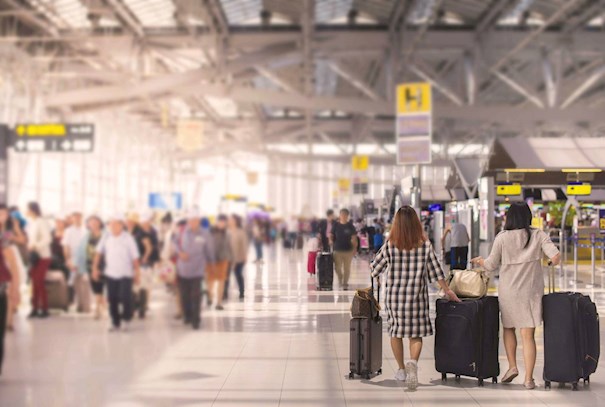
On 8 January 2020, the coronavirus was identified as the cause of the illness. Human-to-human transmission has now also been confirmed.
As of 24 January, 880 confirmed cases of the virus have been reported nationwide, with most of them reported in Wuhan. There have been at least 25 fatalities in Hubei and one in Hebei province. The 2019-nCoV cases have also been reported in at least 25 provinces and municipalities in China, including the capital Beijing, Shanghai and Tianjin municipalities, Guangdong and Hong Kong. While the majority of cases remain concentrated in Wuhan, there has been an increase in confirmed cases in Guangdong and Zhejiang province, as well as Beijing and Shanghai.
Eight cases have also presented in other country locations: Japan, Thailand, South Korea, Taiwan and United States of America. Further cases are anticipated, though the extent of the outbreak cannot be predicted.
According to the National Health Commission, as of 24 January, more than 8,420 people are currently under monitoring and over 1,080 have completed their monitoring period without developing illness.
This latest pandemic highlights an ever increasing need for organisations to assess their approach to their employee duty of care—how they protect the safety and security of employees to support their physical and emotional wellbeing. Whilst authorities and public health bodies are taking steps to manage the outbreak, all organisations should consider the risk posed to employees’ wellbeing and the organisation’s operations.
It’s important when considering your approach to duty of care, to factor for the types of employees at risk. Typically in a pandemic scenario, there are three employee groupings that will be common to all organisations: Employees travelling to; Employees travelling from; Domestic employees. Given that advice from authorities is focused on managing the risk of the originating location, here are some things you might want to consider:
For those employees travelling to China:
- Are you issuing travel advice and tracking individuals?
- Are you enforcing a travel ban to China?
- Are you providing employees with masks and giving individuals advice on ways to protect themselves, in the circumstance that travel is essential?
For those returning from China:
- Are you tracking returnees?
- Do you have a notification process for those displaying symptoms?
For domestic employees in China:
- Are you providing employees with masks and giving individuals advice on ways to protect themselves?
- Are you implementing a travel ban domestically to and from certain regions?
- Are you promoting a work-from-home strategy and virtual meetings to minimise the risk of exposure?
What should you also consider?
Keeping in touch with the latest advice from authorities will be essential to defining your strategy and determining when to introduce additional measures. Tools are available to keep you informed.
Do also bear in mind that whilst your organisation may have insurance policies in place to cover the evacuation and medical treatment of employees in general, that exclusions may apply to pandemic scenarios, and that evacuations may only be possible IF allowed under general guidance from local authorities and public health bodies.
What can Gallagher do to help?
If you have any concerns or would like support in determining your organisation has the right processes and tools are in place to support the physical and emotional wellbeing of your employees and your organisation, please do reach out to Gallagher.
Centers for Disease Control and Prevention (https://www.cdc.gov/coronavirus/)
World Health Organization (https://www.who.int/health-topics/coronavirus)
International SOS (https://www.internationalsos.com/client-magazines/novel-coronavirus)

